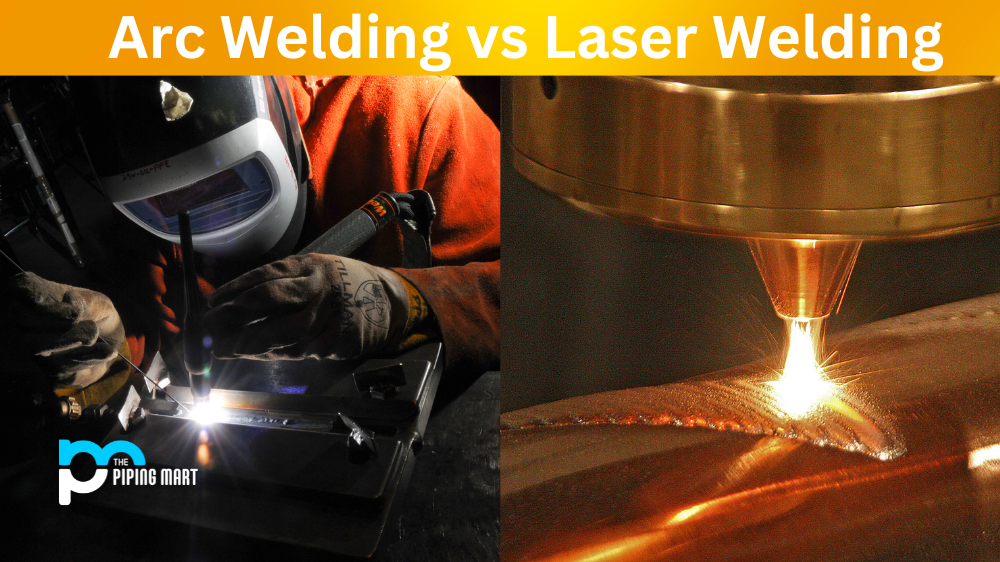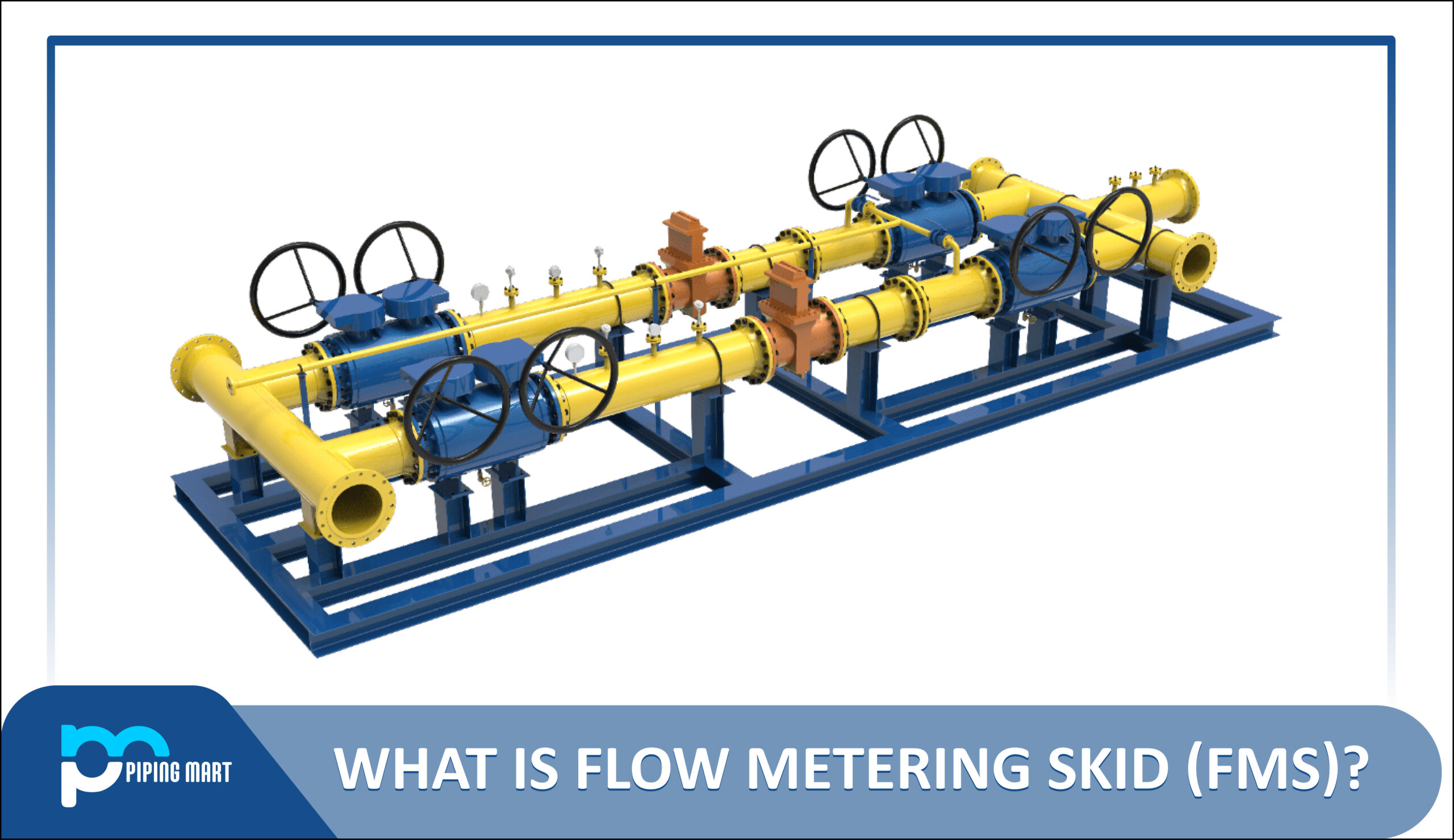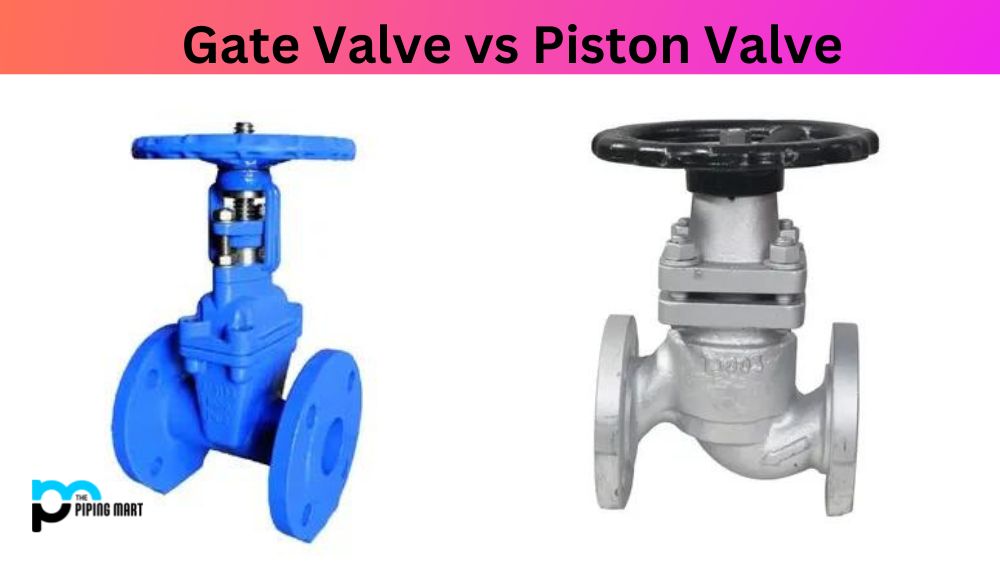If you work with metal, then you know there are a variety of welding options available. Two of the most popular types of welding are arc welding and laser welding. Each has its own unique advantages and disadvantages. In this blog post, we’ll take a look at arc welding versus laser welding to help you determine which is best for your particular project.
Arc Welding Basics
Arc welding is one of the most commonly used forms of thermal joining, with applications ranging from automotive repair to industrial fabrication. It uses electrical current flowing through an electrode to create an electric arc that melts the metals being joined together. The molten pool created by the arc also helps protect the weld puddle from oxygen in the atmosphere, making it more resistant to corrosion. The two main types of arc welding are shielded metal arc (SMAW) and gas tungsten arc (GTAW), also known as TIG welding. Both use similar principles but have different requirements for shielding gas and electrode type.
Laser Welding Basics
Unlike traditional arc welding processes, laser welding uses focused light energy instead of electrical current to heat the target material and join it together. This process offers several advantages over traditional methods, including higher weld quality, faster processing times, and improved part accuracy due to less distortion caused by heat buildup around the weld area. Additionally, since no protective shielding gas is required during laser welding processes, it can be used in locations where traditional processes may not be feasible due to limited space or other environmental conditions.
Two common types of laser welding are CO2 lasers and fibre-delivered lasers. CO2 lasers use a high-powered beam generated by a gas mixture, while fibre-delivered lasers transmit their beam through an optical fibre cable that can be manipulated into various shapes or sizes as needed based on weld geometry or application requirements.
Difference Between Arc Welding and Laser Welding
Advantages of Arc Welding
Some of the advantages of arc welding include the following:
- It is relatively easy to learn
- It can be used on a variety of materials
- It is relatively inexpensive
Advantages of Laser Welding
Some of the advantages of laser welding include the following:
- It is very precise
- It can be used on a variety of materials
- It is a relatively fast
Disadvantages of Arc Welding
Some of the disadvantages of arc welding include the following:
- The welds are not as strong as those made with other methods
- The welds can be susceptible to corrosion
- The welds can be difficult to control
Disadvantages of Laser Welding
Some of the disadvantages of laser welding include the following:
- It requires expensive equipment
- It requires special training to use
Conclusion:
Both arc and laser welding offer unique advantages that make them ideal for specific applications; however, each also has its own unique set of drawbacks that must be considered before selecting either process for a particular job. For instance, although laser welding offers greater accuracy than traditional methods such as SMAW or GTAW processes due to its higher precision beam delivery system, it also requires more expensive equipment, which can limit its potential cost savings compared to other methods in some cases. On the other hand, although SMAW & GTAW may require additional steps for proper shielding gas protection against oxidation during the welding process compared to laser processes, this can often be offset by lower equipment costs as well as greater flexibility when working on difficult parts or in tight spaces where a standard MIG welder might not fit into place properly or provide sufficient access angles for effective seam penetration & fusion between materials being joined together properly. Ultimately what method works best will depend on your specific application needs, so make sure you do your research before committing to any single process!

A passionate metal industry expert and blogger. With over 5 years of experience in the field, Palak brings a wealth of knowledge and insight to her writing. Whether discussing the latest trends in the metal industry or sharing tips, she is dedicated to helping others succeed in the metal industry.




